Human Cells
Division and differentiation in human cells
When cells express specific genes that characterise a certain type of cell we say that a cell has become differentiated.
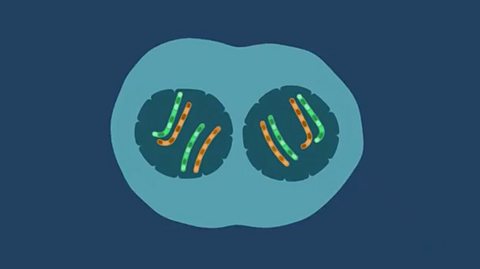
Structure and replication of DNA
DNA is the molecule that holds the instructions for all living things. DNA achieves this feat of storing, coding and transferring biological information though its unique structure.
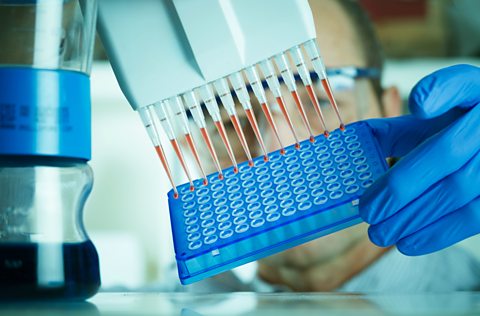
Gene expression
Gene expression is the process by which specific genes are activated to produce a required protein. The process is made up of the transcription and translation of DNA sequences.
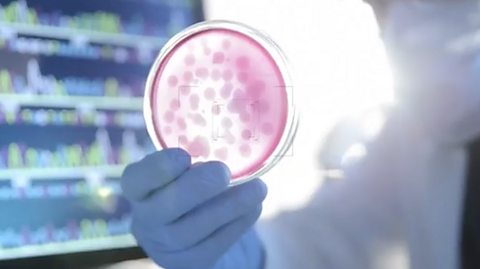
Genome and mutations
DNA replication is carefully controlled to preserve the genetic information. However, changes in the genome do sometimes occur. These changes are known as mutations.
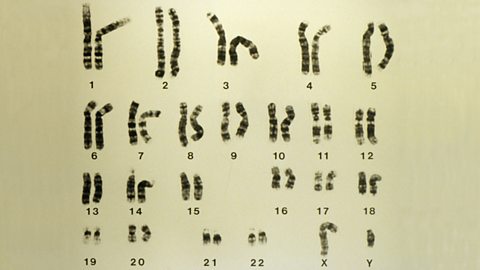
Human genomics
The human genome is made from DNA. The gene portion codes for proteins and non-coding sections control the expression of genes. An individual’s genetic code is unique.
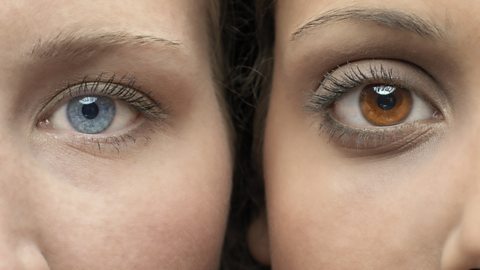
Metabolic pathways
Metabolism refers to all of the chemical reactions that take place inside living cells. Unicellular and multicellular organisms must control their metabolism in order to survive.
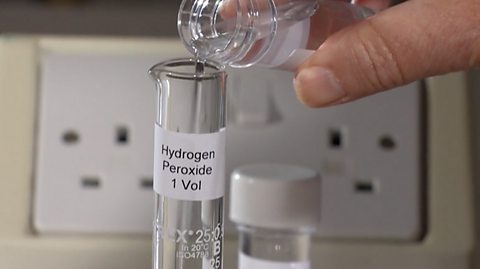
Cellular respiration
Cellular respiration refers to the breakdown of glucose and other respiratory substrates to make energy carrying molecules called ATP.
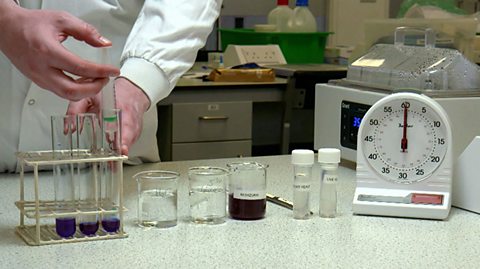
Energy systems in muscle cells
During exercise when muscles do not get enough oxygen, lactate is produced. After exercise oxygen dept must be repaid. Slow-twitch muscles rely on aerobic respiration. Fast-twitch fibres generate ATP through glycolysis only.

Physiology and Health
Gamete production and fertilisation
Gametes are reproductive cells. Male gametes are called sperm. Female gametes are called ova. Fertilisation takes place in the oviduct when the nucleus of a sperm fuses with the nucleus of an ovum. These two haploid cells produce a diploid zygote.

Hormonal control of reproduction
Hormones control puberty, the menstrual cycle, and sperm production and play a crucial role in in the control of reproduction in humans
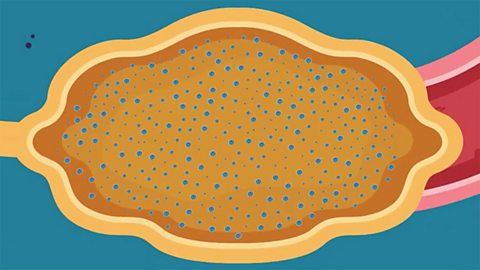
The biology of controlling fertility
Fertility is the ability to produce offspring. Fertility is continuous in males and cyclical in females. Infertility can have a number of causes and there are a range of infertility treatments that work in different ways. Physical and chemical methods of contraception can prevent fertilisation and pregnancy.

Antenatal and postnatal screening
Antenatal and postnatal screening are used to protect the health of mothers and babies. Antenatal techniques include ultrasound imaging, dating scans, blood and urine tests and diagnostic testing, such as amniocentesis, CVS and genetic screening. Postnatal screening can involve diagnostic testing such as PKU.
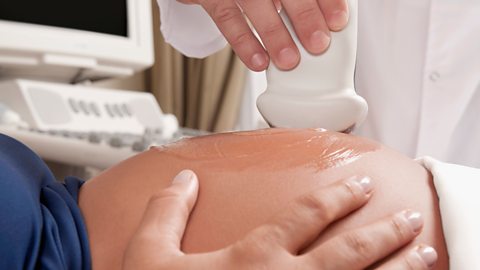
Structure and function of arteries, capillaries and veins
Blood is pumped from the heart in the arteries. It is returned to the heart in the veins. The capillaries connect the two types of blood vessel and molecules are exchanged between the blood and the cells across their walls.
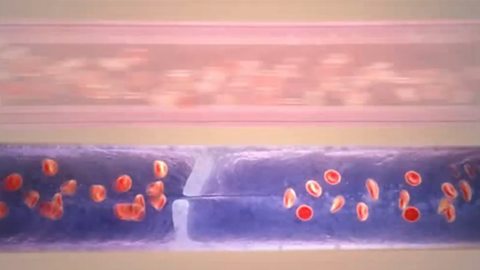
Structure and function of the heart
In this Higher Human Biology revision guide, you will learn in detail that cardiac output is a measure of the rate of blood flow through the heart and its associated blood vessels. You can also revise the blood vessels leading into and out of the heart, the cardiac conduction system, and autonomic and hormonal control.
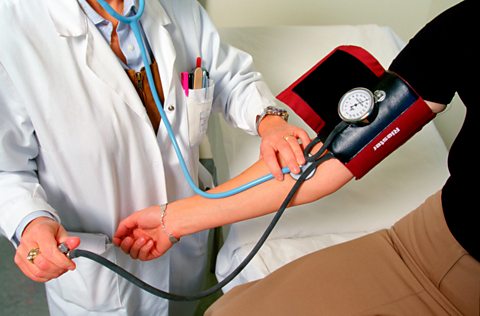
Pathology of cardiovascular disease (CVD)
Cardiovascular disease affects the heart and blood vessels. It is usually associated with a build-up of fatty deposits inside arteries.
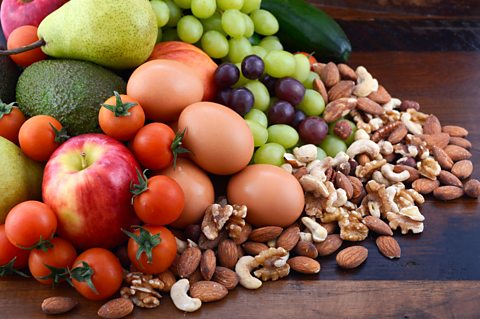
Blood glucose levels and obesity
Pancreatic receptors are involved in negative feedback control of blood glucose through insulin, glucagon and adrenaline. People with type 1 diabetes are unable to produce insulin. In type 2 diabetes, individuals produce insulin but their cells are less sensitive to it. Obesity is a major risk factor for cardiovascular disease and type 2 diabetes.

Neurobiology and immunology
Divisions of the nervous system and neural pathways
The nervous system enables humans to react to their surroundings and to coordinate their behaviour. It comprises millions of neurones and uses electrical impulses to communicate very quickly.
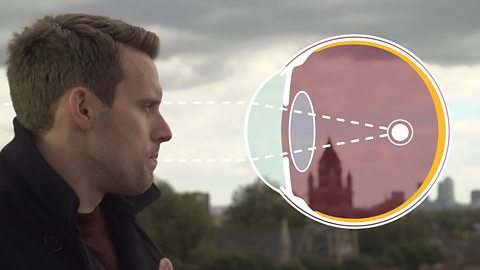
Cerebral cortex
The cerebral cortex is the outer layer of the cerebrum in the brain. It is important for helping process language, memory, and thought.

Memory
Memory allows the brain to store and retrieve information when required. Sensory memory takes in information. Short-term memory holds a small amount of information for a short time. Long-term holds an unlimited amount of information for a long time.
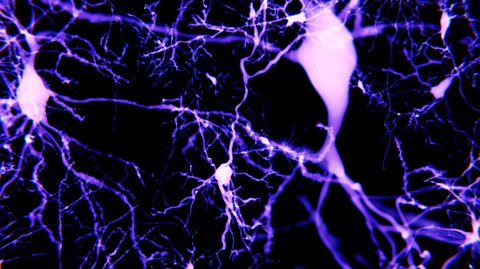
Cells of the nervous system, neurotransmitters at synapses
Your brain contains billions of neurons. They are the cells in the brain that transmit and receive signals to enable processes such as thought. These signals are transmitted across junctions called synapses by neurotransmitters.
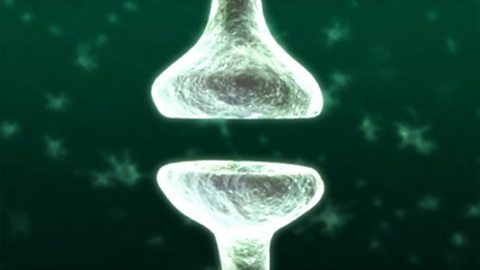
Non-specific body defences
The immune system defends humans from pathogens. Physical and chemical barriers prevent infection. White blood cells attack pathogens. Immunisations usually involve injecting inactive pathogens.

Specific cellular defences against pathogens
Lymphocytes are the white blood cells involved in the specific immune response. They produce antibodies that respond to specific antigens on the surface of pathogens. Memory cells remain in the blood stream and lead to a quicker and stronger defence against a secondary infection by the same pathogen.
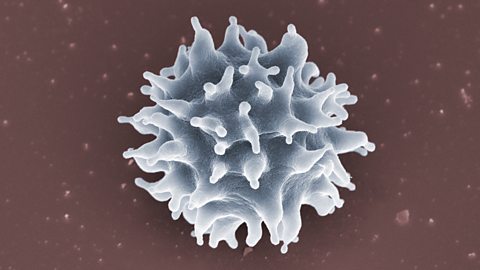
Immunisation
Vaccination introduces a weak or dead version of a pathogen to the body to bring about immunity. Public vaccination can bring herd immunity for some diseases.
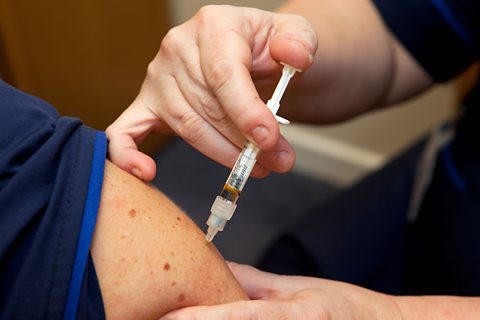
Clinical trials of vaccines and drugs
Clinical trials of vaccines and drugs are carried out to show that they are safe and effective. Tests are randomised, use control groups given placebos, and are carried out double-blind to avoid bias.
